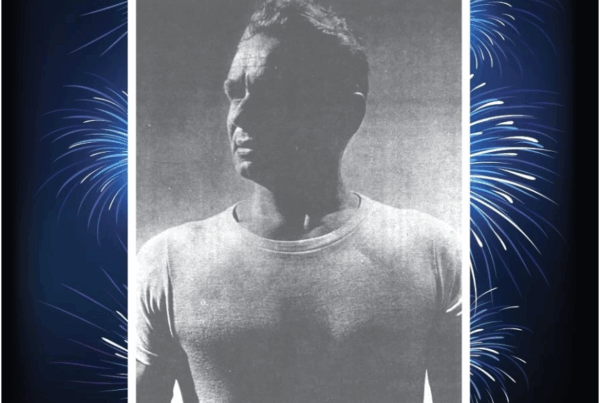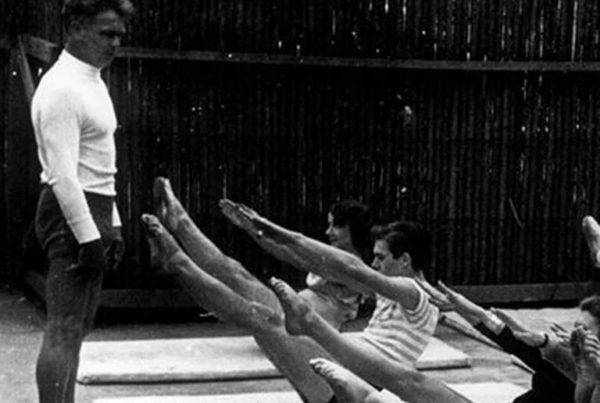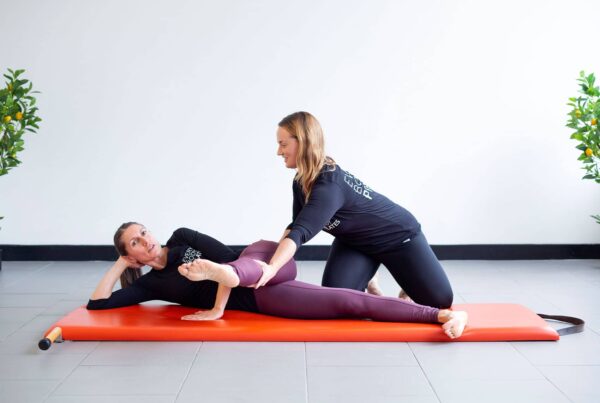Pilates is far more than just a fitness trend or a way to tone your abs—it’s a holistic approach to movement, balance, and control. Developed in the early 20th century by Joseph Pilates, this method focuses on strengthening the body with an emphasis on core stability, alignment, and mindful movement. At the heart of the Pilates method are six core principles that guide every exercise and movement. Understanding and applying these principles can deepen your practice and help you unlock the true benefits of Pilates, both physically and mentally.
1. Concentration
Pilates is often described as a “mind-body” exercise—and for good reason. The principle of concentration requires you to be fully present and engaged in every movement. This isn’t a workout where you can zone out and go through the motions. Instead, you focus deeply on how each movement feels, which muscles are working, and how your breath supports the effort. This mental engagement not only improves body awareness but also enhances the effectiveness of the exercises, ensuring you get more from each session.
2. Control
Originally called “Contrology” by Joseph Pilates, control is a cornerstone of the method. Every movement in Pilates is done with precision and intention—nothing is random or careless. This means no jerky or rushed motions. Instead, exercises are performed with a slow, deliberate pace, ensuring muscles are activated properly and movements are safe. This principle helps build strength evenly throughout the body and reduces the risk of injury, especially to the spine and joints.
3. Centering
Often referred to as “working from the core,” centering emphasizes the importance of stabilizing the body from its midpoint—what Joseph Pilates called the “powerhouse.” This includes the abdominal muscles, lower back, hips, and glutes. When you initiate movement from your center, your body moves more efficiently, and your posture, balance, and stability improve. Strong core engagement not only supports Pilates exercises but also benefits everyday movement, from walking to lifting to simply standing upright.
4. Precision
Pilates isn’t about doing lots of repetitions; it’s about doing each repetition correctly. Precision ensures that you’re targeting the right muscles and reinforcing good movement patterns. This principle teaches you to move with accuracy, which carries over into daily life and other physical activities. Precision also helps you build symmetry and avoid compensations that can lead to imbalances or injury.
5. Breath
Breathing might seem like a basic function, but in Pilates, it’s an integral part of the practice. Proper breathing helps oxygenate the muscles, increase circulation, and enhance the flow of movement. Pilates emphasizes lateral or diaphragmatic breathing—breathing deeply into the sides and back of the rib cage. Coordinating breath with movement not only helps with focus and control but also improves lung capacity and reduces tension. Many people find this principle especially helpful for stress management and relaxation.
6. Flow
Pilates exercises are designed to flow smoothly from one to the next, creating a sense of grace and rhythm. This principle encourages efficiency in movement, promoting coordination and balance. Instead of pausing or breaking between exercises, flow helps maintain momentum and keeps the body engaged throughout the session. Over time, it fosters a sense of elegance and fluidity in how you move both on and off the mat.
Why These Principles Matter
The Pilates principles are more than theoretical—they’re practical tools that enhance physical performance, prevent injury, and promote a stronger connection between mind and body. By integrating these principles into your practice, you not only get stronger and more flexible but also cultivate greater awareness and control in your everyday life.
Whether you’re new to Pilates or a seasoned practitioner, returning to these foundational principles can reinvigorate your routine and remind you of why you started in the first place: to move better, feel better, and live with more balance and ease.




